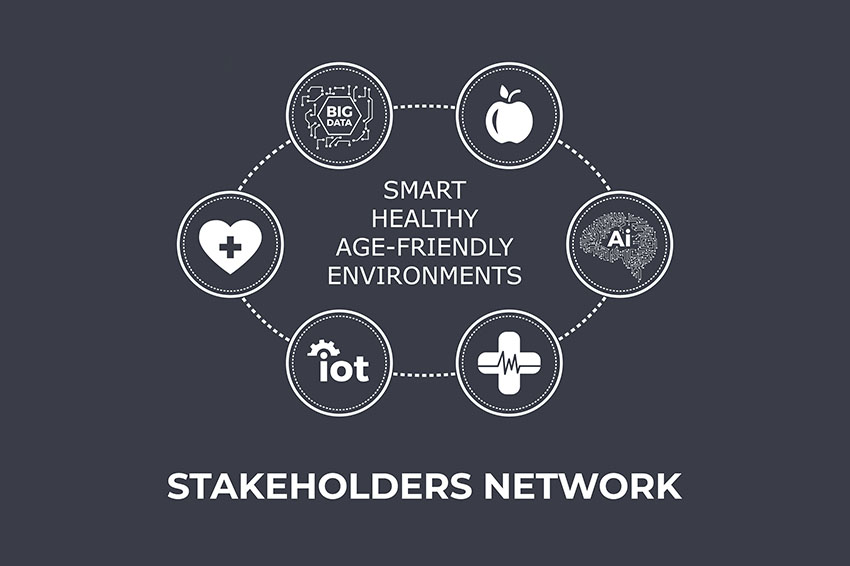
From March till the end of April 2024, Virtual Mobility-grantee Willeke van Staalduinen performed a desk research - secondary research, performed online – on the topic of existing standards and guidelines for Smart Healthy Age-Friendly Environments (SHAFE). COST Action 19136 supported the Virtual Mobility (VM) Grant to perform this task. The purpose of this grant was to collect existing standards and guidelines that support the implementation of SHAFE, which will be included in the final deliverable of the COST Action: the Reference Framework.
Standards and guidelines
A standard is “a document that provides requirements, specifications, guidelines or characteristics that can be used consistently to ensure that materials, products, processes and services are fit for their purpose”.
“Standards allow technology to work seamlessly and establish trust so that markets can operate smoothly. They:
- provide a common language to measure and evaluate performance,
- make interoperability of components made by different companies possible, and
- protect consumers by ensuring safety, durability, and market equity.”
A guideline is “information intended to advise people on how something should be done or what something should be”.
Even if, in some cases, these concepts may be interlinked, the main difference is that standards are higher in authority and limited in application, while guidelines are lower in authority and usually more general in their application.
Smart Healthy Age-Friendly Environments (SHAFE) are “smart, adaptable and inclusive solutions that can help improve and support independent life throughout the course of life, regardless of age, gender, disabilities, cultural differences and personal choices.”
Results
Based on this conceptualisation, desk research was performed, with results limited to 2014 to 2024. The result is the collection of 215 standards and guidelines that can be useful for SHAFE facilitators and stakeholders, such as policymakers, health and social care, research and academia, developers and promoters, and multidisciplinary SHAFE teams. The standards and guidelines are categorised into 21 groups based on the ontology of SHAFE in Working Group 5. Groups include, for example, city, education, healthcare, sustainability, and technology. The inventory will become part of the Reference Framework, the final deliverable of the COST Action NET4Age-Friendly.
The inventory will also be transferred to the SIRENE project repository and made accessible on search topics (www.sireneproject.eu).
Downloads
The final report below is accompanied by the file “Overview existing SHAFE Standards and guidelines’. The Excel file and pdf are available below. This report starts with a description of the methodology and further provides an overview of the main findings.